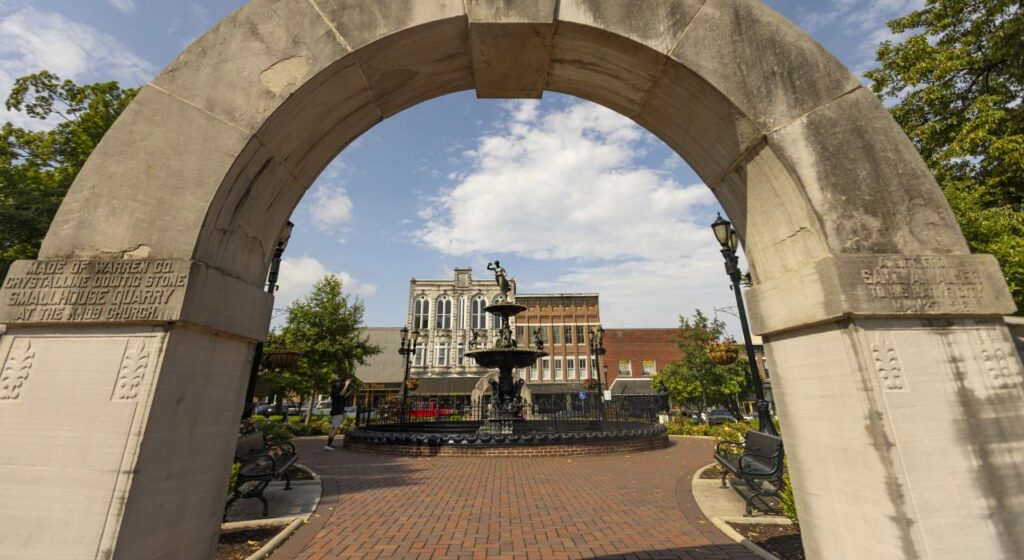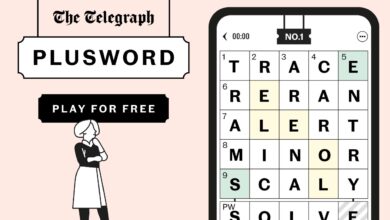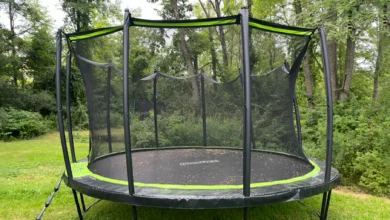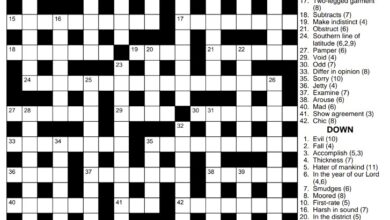Bowling Bank – A Scenic Hamlet Near Wrexham

Nestled within the peaceful countryside of Wrexham County Borough, Bowling Bank is one of North Wales’s lesser-known hamlets. While towns like Wrexham and Chester often attract most of the attention, Bowling Bank remains a quiet retreat where rolling fields, narrow lanes, and traditional farms shape the landscape. It is not a bustling village filled with attractions, but rather a pocket of tranquillity that represents the authentic rhythm of rural life in Wales.
For visitors seeking an escape from crowded cities or tourist-heavy spots, Bowling Bank provides a refreshing change. It is surrounded by farmland, meadows, and a scattering of homes that have stood for centuries. Its charm lies in its simplicity: no flashy attractions, just pure countryside charm. In this guide, we’ll explore the history, natural beauty, and things to do in and around Bowling Bank. We’ll also share practical tips for visiting so that you can make the most of a trip to this quiet corner of North Wales.
Understanding Bowling Bank
Location and Geography
Bowling Bank is located in the northern part of Wrexham County Borough, not far from the Welsh-English border. Its position makes it easy to access from both Wrexham, the largest town in North Wales, and Chester, the historic English city renowned for its Roman walls and cathedral. Despite being so close to urban centres, Bowling Bank retains a distinct countryside identity.
The hamlet is surrounded by open farmland, hedgerows, and winding country roads that connect it to nearby settlements. For walkers, maps of the area reveal how Bowling Bank serves as a stepping stone to longer countryside walks, offering views across the lush North Wales plains. Its landscape is defined by a mix of agricultural fields and scattered woodlands, providing a scenic backdrop that changes dramatically with the seasons.
Historical Background
Though small, Bowling Bank has roots that go back centuries. Like many hamlets in the Welsh borderlands, it developed around agriculture and farming. Historical records and maps mention Bowling Bank as part of the rural patchwork that fed local markets in Wrexham and Chester. It was never a market town or industrial hub but rather a settlement where farming families worked the land and maintained the countryside traditions.
The area also reflects the historical relationship between Wales and England. Its proximity to the border means it was influenced by both Welsh farming customs and English land management practices. Today, walking through Bowling Bank offers a glimpse into a living history where heritage and modern life blend seamlessly.
Natural Beauty and Countryside Life
Scenic Landscapes and Wildlife
Bowling Bank is surrounded by some of the most peaceful countryside in North Wales. Rolling meadows, grazing livestock, and well-kept hedgerows create a picturesque rural scene that feels untouched by time. Wildlife is plentiful here, with birds, small mammals, and even foxes making their homes in the surrounding fields and woodlands. Seasonal changes bring different views: wildflowers brighten spring lanes, golden fields define summer, and autumn transforms the landscape with a warm palette of colours.
For nature lovers, the hamlet is a delight. Birdwatchers can often spot buzzards circling overhead or smaller species nesting in hedges. Walkers frequently encounter rabbits darting across fields, while patient visitors might glimpse deer in the distance. The diversity of wildlife makes Bowling Bank not only beautiful but also ecologically sinificant within the local countryside.
Walking and Outdoor Activities
Outdoor activities are one of the main reasons visitors are drawn to Bowling Bank. Walking routes weave through the countryside, connecting the hamlet with neighbouring villages and farmland. These routes are perfect for ramblers who prefer quiet paths over busy tourist trails. Maps show how Bowling Bank lies within easy reach of longer routes across Wrexham County and even links to stretches leading towards Chester or the Clwydian Range.
Cyclists also enjoy the quiet country lanes, which provide both gentle rides and more challenging routes depending on your fitness level. For families, Bowling Bank is an ideal place for leisurely strolls or countryside picnics, where children can enjoy wide-open spaces in a safe, rural environment. Whether walking or cycling, the hamlet serves as a peaceful gateway to North Wales’s natural beauty.
Things to See and Do Around Bowling Bank

Attractions in and Near the Hamlet
Bowling Bank itself is not packed with traditional tourist attractions, but that is precisely its charm. The hamlet’s main draw is its atmosphere: rural lanes, traditional cottages, and farmland stretching in every direction. For visitors seeking an authentic countryside experience, simply wandering through Bowling Bank is rewarding. It offers the chance to slow down, observe the rhythms of rural life, and enjoy landscapes unchanged for generations.
Day Trips from Bowling Bank
The hamlet’s location makes it a perfect base for day trips. To the south lies Wrexham, where visitors can explore attractions like St. Giles’ Church, Erddig Hall, and the bustling town centre filled with shops and cafés. To the east, Chester offers a rich blend of Roman history, medieval streets, and modern shopping. Its cathedral, city walls, and riverside walks are among the finest in England.
For nature enthusiasts, the North Wales countryside and the Clwydian Range Area of Outstanding Natural Beauty are within reach. These areas provide hiking opportunities, scenic viewpoints, and a chance to explore the Welsh uplands. From Bowling Bank, you can enjoy the best of both worlds: tranquil rural living and easy access to cultural and natural landmarks.
Food, Drink, and Accommodation
While Bowling Bank itself doesn’t boast pubs or restaurants, neighbouring villages and Wrexham offer a wide selection of dining options. Traditional country pubs serve hearty meals, often made with local produce, while cosy cafés provide perfect resting spots after a countryside walk. For a taste of Welsh hospitality, visitors should seek out local inns where food and atmosphere reflect the area’s heritage.
Accommodation near Bowling Bank includes countryside B&Bs, farm stays, and self-catering cottages. Many travellers prefer to stay in nearby Wrexham for greater convenience, while others opt for rural retreats to immerse themselves fully in the countryside. Whatever your preference, staying near Bowling Bank ensures both relaxation and accessibility.
Practical Information for Visitors
How to Get There
Bowling Bank is easily accessible thanks to its proximity to major towns. By car, it is just a short drive from Wrexham and less than 30 minutes from Chester. Visitors relying on public transport can reach Wrexham or Chester by train and then continue by bus or taxi to the hamlet. For walkers and cyclists, Bowling Bank can be reached via scenic countryside routes, making the journey part of the adventure.
Best Time to Visit
The hamlet is beautiful year-round, with each season offering its own appeal. Spring brings blossoming hedgerows and wildlife activity, while summer provides long, warm days perfect for outdoor exploration. Autumn transforms the landscape into a sea of reds and golds, while winter offers a quieter, more reflective countryside experience. The best time to visit depends on personal preference, but most walkers favour spring and autumn for their mild weather and stunning scenery.
Travel Tips and Local Etiquette
As with any countryside visit, it’s important to respect the rural environment. Stick to marked footpaths, close gates behind you, and give way to farm vehicles when walking or cycling. Wildlife should be observed quietly without disturbance, and litter must be taken away to keep the countryside pristine. Visitors are also encouraged to support local businesses, whether that’s stopping at a village pub or purchasing goods from a farm shop.
Conclusion
Bowling Bank may be a small hamlet, but its appeal lies in its tranquillity, rural charm, and strategic location near both Wrexham and Chester. Surrounded by farmland, wildlife, and scenic walking routes, it provides an authentic taste of countryside life in North Wales. For travellers who want to step away from busy attractions and experience a slower pace of life, Bowling Bank is a hidden gem waiting to be explored. With its combination of natural beauty, history, and easy access to larger towns, it offers the perfect countryside retreat.
FAQs About Bowling Bank
Where exactly is Bowling Bank located?
Bowling Bank is situated in Wrexham County Borough, North Wales, close to the Welsh-English border.
Is Bowling Bank a village or a hamlet?
It is a hamlet, smaller than a village, characterised by its rural charm and quiet setting.
What is Bowling Bank known for?
It is known for its countryside scenery, peaceful atmosphere, and proximity to Wrexham and Chester.
Are there walking routes around Bowling Bank?
Yes, there are numerous countryside paths and quiet lanes ideal for walking and cycling.
How far is Bowling Bank from Wrexham and Chester?
Bowling Bank is just a few miles from Wrexham and less than half an hour’s drive from Chester.
Are there pubs or restaurants in Bowling Bank?
Not within the hamlet itself, but nearby villages and towns provide plenty of options.
What accommodation options are available nearby?
Visitors can choose from B&Bs, farm stays, self-catering cottages, and hotels in Wrexham or Chester.
Is Bowling Bank suitable for family visits or countryside picnics?
Yes, it is ideal for family walks, outdoor activities, and quiet countryside picnics.
You May Also Read: Pocombe Bridge



